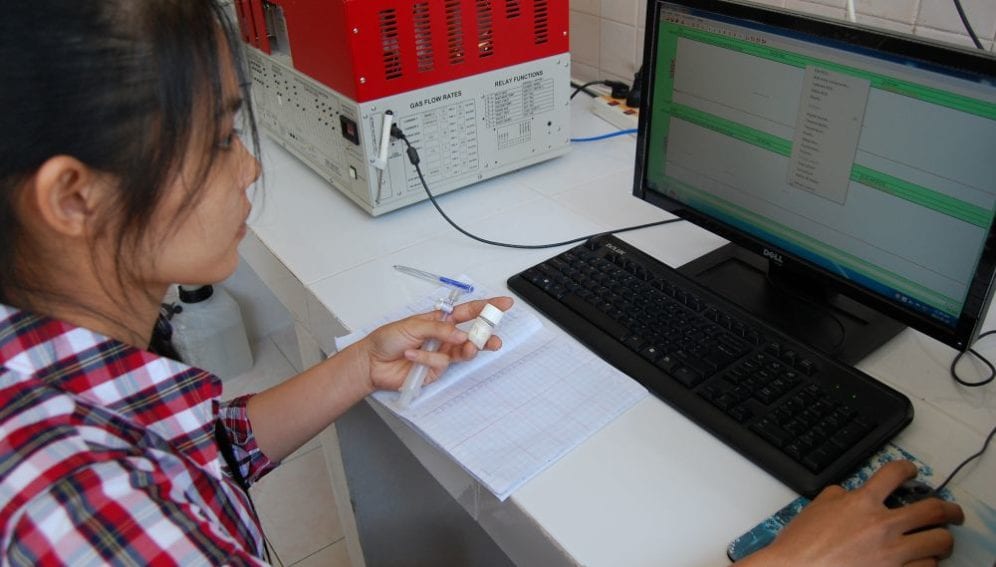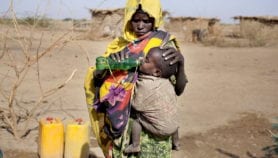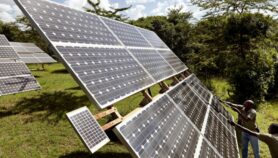Send to a friend
The details you provide on this page will not be used to send unsolicited email, and will not be sold to a 3rd party. See privacy policy.
[PORT-LOUIS] Mauritius now has an online tool that allows policymakers and other users to evaluate and choose the best measures to reduce greenhouse gases (GHG) emissions.
The tool, referred to as the Mauritius 2050 Pathways Calculator, is customised from the UK 2050 Pathways Calculator and can help users explore different scenarios of GHG emissions up to 2050, based on current or future decisions.
It was developed by the Ministry of Environment, Sustainable Development, and Disaster and Beach Management with technical support from the UK Foreign and Commonwealth Office.
“If the emissions go down due to the measures taken, this tool will have helped achieve its purpose.”
Soobaraj Sok Appadu, Mauritius Meteorological Services
The introduction of the tool follows a report by the ministry showing that Mauritius is highly vulnerable to the negative impacts of climate change such as cyclones, drought and floods.
The online tool, which is available in Excel, helps perform functions such as determining how renewable energy could satisfy the country’s future energy demands, assessing the impact of individual behavioural change, quantifying fossil fuels to be imported in the future, identifying pathways to achieve emission reduction targets and determining how to reduce emission with high level of economic growth.
It can also quantify the volume of fossil energy to be imported, identify the best ways to reduce its emission of GHG while promoting a high level of economic development without affecting the environment.
Jogeeswar Seewoobaduth, the divisional environment officer at the Ministry of Environment, Sustainable Development, and Disaster and Beach Management, explains how the tool works:
“For example, people travelling by car daily can use this tool to learn how much petrol they can save and how much GHG they’ll not emit by taking the bus that goes from their homes to their places of work.”
Seewoobaduth adds that the country can boost energy supply by building more wind turbines and using more solar power, noting that Mauritius can reduce energy demand by using LED lightings and changing travel behaviour.
However, Keshwar Beeharry-Panray, a climate change expert with the Environment Protection and Conservation Organisation, Mauritius, tells SciDev.Net: “This is a good initiative, but it is too advanced a tool for the Mauritian population who have a lot to learn about the basics of climate change.”
Beeharry-Panray asks: “What is it all about? What is carbon footprint? What will they do with a software when they do not even know about the terms used in climate change issues?Soobaraj Sok Appadu, an environment expert and former director of Mauritius Meteorological Services, also wonders whether this tool is meant for small islands states such as Mauritius or it is for big countries where there are million tonnes of GHG emissions.
“Can we know from this software, for example, when Mauritius will reach the peak of its GHG emissions?”Appadu asks. “If the emissions go down due to the measures taken, this tool will have helped achieve its purpose. In climate matters, we always learn.”














